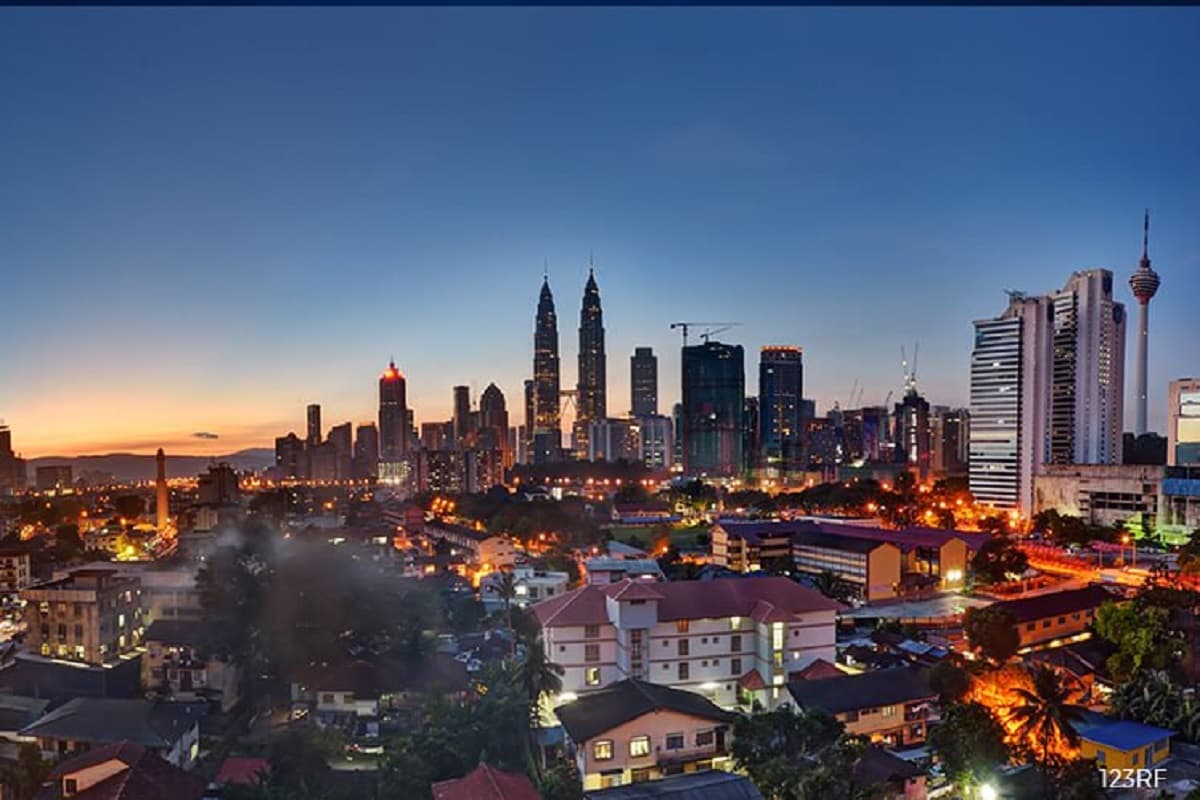
KUALA LUMPUR (July 22): A discussion paper released yesterday by Khazanah Research Institute showed that as a share of total operating expenditure, Malaysia’s social protection spending has been moderating since the 2010s. It was also lower when benchmarked against several countries.
The paper looked at specific subsidies and social assistance programmes which provided a deeper understanding of the trade-offs in fiscal spending and the extent of fragmentation.
It noted that despite the overall increase in the number of programmes between 2012 to 2018, the total amount of spending dropped.
“Given that fuel subsidies made up a large portion of overall spending, the decrease was mainly due to the fuel subsidy rationalisation on the back of high oil prices in 2012. After a sharp peak in total subsidies and social assistance spending at RM44.7b in 2012, spending decreased to RM30.2b by 2018,” it said.
The paper noted government revenue as a percentage of gross domestic product (GDP) was 25.7% in the 1980s, and consistently fell to 18.8% in the 2010s. Expenditure also dropped from a high of 43.3% in 1982 to a low of 19% in 2017.
In the paper titled Social Protection and Fiscal Policy in Malaysia, authors Christopher Choong and Adam Firouz explained social protection must navigate the trade-offs in balancing the multiple objectives of fiscal policy.
For instance, with the amount of fiscal space available, they said it is important to give equal attention to the revenue side of funding social protection.
“An increased share of revenue had been derived from direct tax and non-tax revenue — away from indirect tax revenue. At the same time, the share of oil-related revenue remains high, increasing the volatility of our fiscal space amidst unstable global oil prices,” they wrote.
The authors highlighted that Malaysia is fast approaching the limits of fiscal sustainability and is likely worsened by the current crisis. Nevertheless, they suggest there are exceptional times when fiscal rules should be relaxed to provide sufficient funds for those who need them the most.
Choong and Firouz also found resources had been spread thinly across many small programmes, raising the probability of fragmentation and diseconomies of scale.
The large number of ministries with a purview over these programmes suggests that there is room for consolidation and streamlining, they added.
They also questioned whether Malaysia has improved the breadth of coverage for social protection programmes at the expense of the depth of coverage.
“This comes with the shift from targeting only households in poverty to those in the B40, a much wider target. However, without a commensurate increase in spending, this dilutes the value of social assistance given to poor households.”
The authors noted shifting from income to life-cycle targeting has some merits and should be considered in Malaysia’s social protection reforms.
“This is pressing as care needs are rising at both ends of the age spectrum, on the back of Malaysia transitioning to an ageing population and more women seeking to enter the labour force.
“Social sustainability, particularly with regard to redistribution, is also key. Social protection is redistributive at the aggregate level, but the magnitude was lower compared to other more developed countries,” they said.
Middle-income households, despite having similar standards of living as the bottom, had a much lower share of social benefits. These suggest that social protection in Malaysia should be more redistributive and universal in outlook, they added.
Choong and Firouz also believe there is room to adjust marginal tax rates to increase progressivity in order to raise revenue for social protection.
While the increasing top marginal tax rate in Malaysia indicates improving progressivity, it is still among the lowest compared to a selected number of countries.
“Among selected Asean countries, we are comparable with Thailand in terms of social expenditure, but marginally lower than Singapore and Vietnam.”